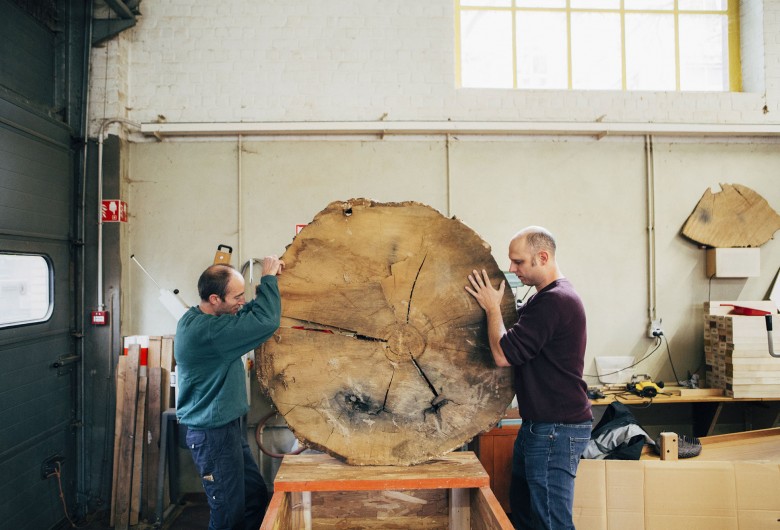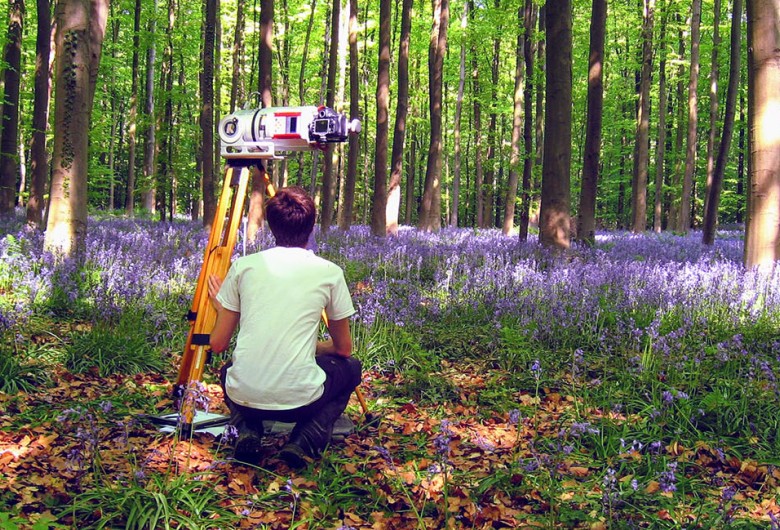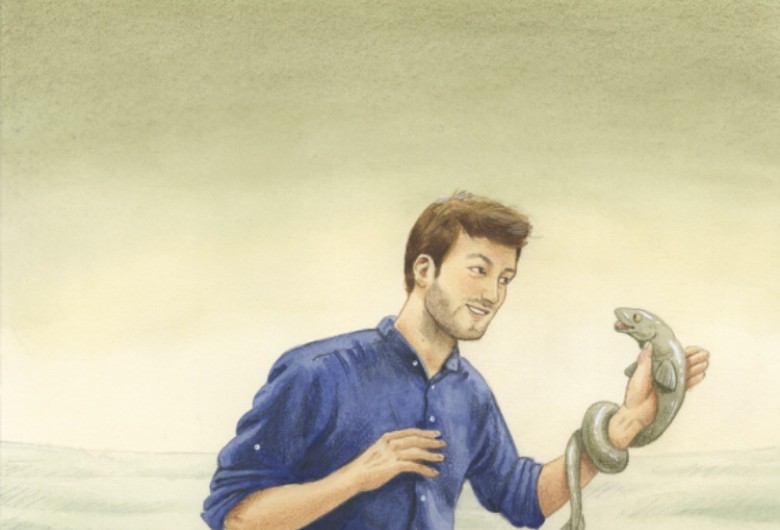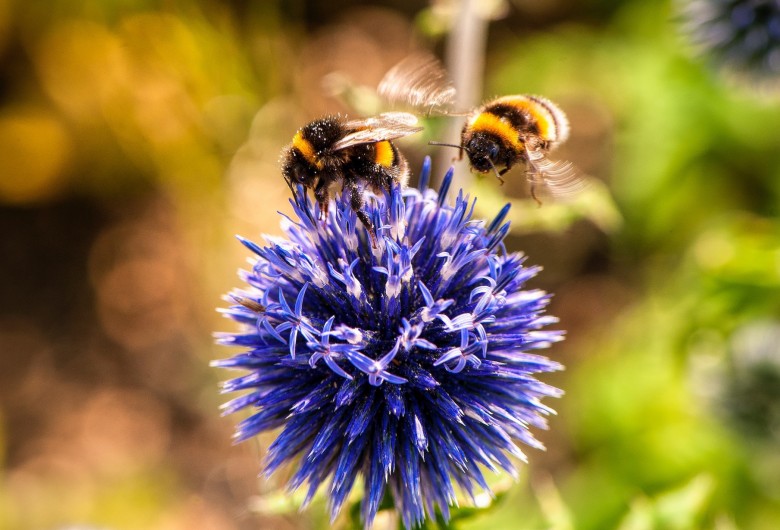What if trees could talk? Well, every so often they do. In doing so, they give a glimpse of the past. For example, a 250-year-old oak in the castle grounds at Elverdinge near Ypres tells us more about the First World War. The tree survived this war, despite the incessant bombs. The Woodlab at Ghent University tells us the touching story of this oak tree.
Nature
Nine things you never knew about mushrooms (or should we call them fungi? Or moulds?)
Autumn is the season for mushrooms – they are everywhere, and certainly growing in abundance in forests. But did you know that the mushrooms you see are just a very small part of a vast, gigantic, mainly subterranean network? And that without this network, other plants simply wouldn’t be able to survive?
Birds return from the south: how do they know where to go?
De komst van de lente betekent ook de terugkeer van heel wat trekvogels na hun overwintering in warmere landen. Maar hoe vinden die vogels, in tochten die vaak duizenden kilometers lang zijn, hun weg? Niet met Waze of Google Maps, maar wel dankzij de zon, een soort ingebouwd kompas én snelwegen.
Science or art? Researcher Kim creates unique tree scans
Kim Calders discovered his passion for scanning trees when doing his PhD in Hallerbos forest, near Brussels. As a bio-engineer, he has been travelling the world with his LiDAR scanner ever since. Along the way, he has ended up face to face with cassowaries and elephants, and collaborated with artists to make a forest sing. A story in nine pictures.
Ghent University developing the climate-adaptive forest of the future
The last years’ drought has caused stress in trees. Some have stopped growing; others have shed their foliage. Sometimes entire forests have perished. The bioengineers at the Department of Environment (Faculty of Bioscience Engineering) are crossing national borders to try to find out the causes of the problems effecting trees globally and working on a type of forest that can cope with climate change.
Plants can ‘tell’ themselves they are thirsty
“Most people water their plants too much. Or too little. Knowing exactly how much water to give them is not easy,” says Professor Kathy Steppe. She uses sensors to meticulously measure when plants need water and how much.
Will we see the return of eel in green sauce?
Will eel in green sauce soon be off the menu? It could well be, as the slippery fish is threatened with extinction. Reason enough for Ghent University researcher Pieterjan Verhelst to intervene. He’s looking for ways to save the eel: “The eel is part of our Flemish culture. We must not let that be lost.”
The man who wants to save the bumblebee (and inspires us to do the same)
For many years, bumblebee doctor Dave Goulson has been working to save the bumblebee from extinction. Pioneering work, which earned him an honorary doctorate from Ghent University and the praise of his promoter, Professor Guy Smagghe: “The interest in bees and bumblebees has grown internationally and that is partly thanks to him”.







